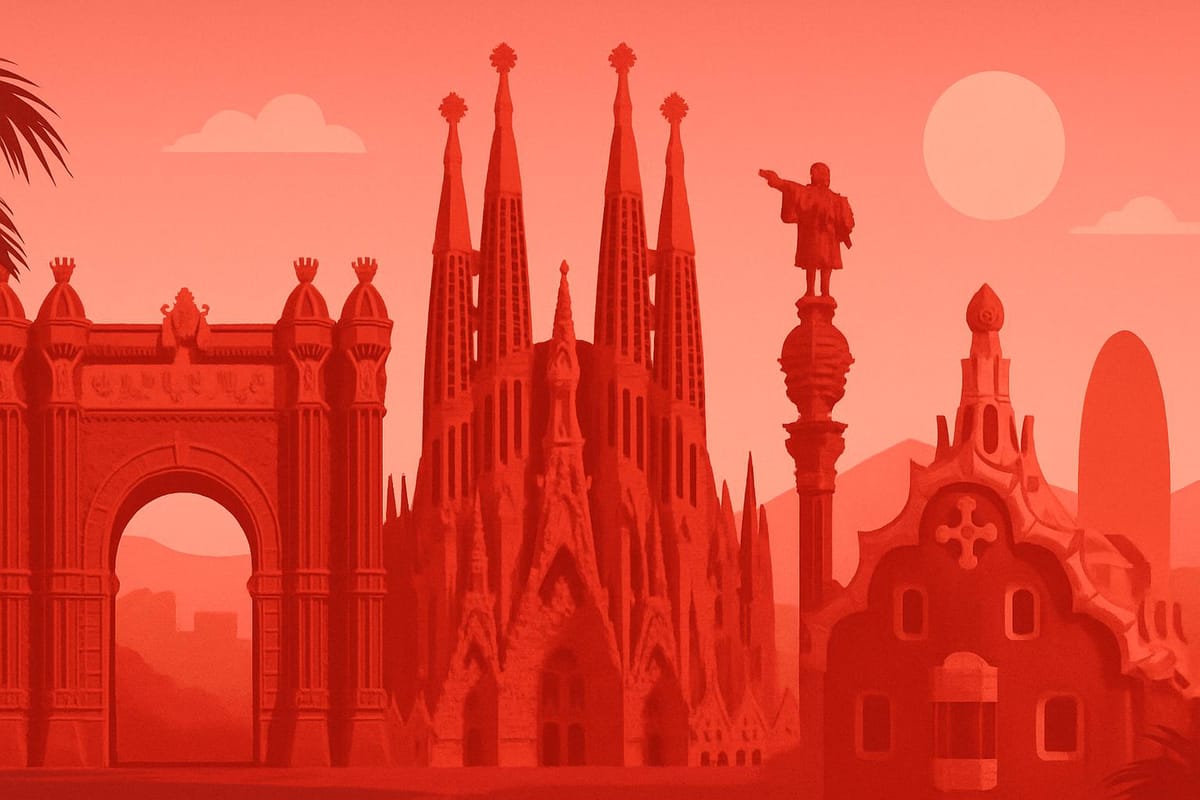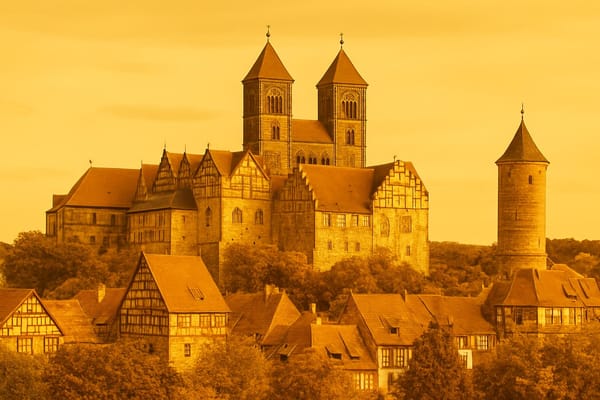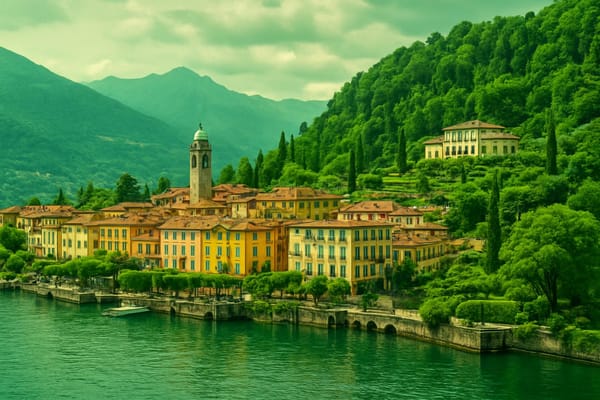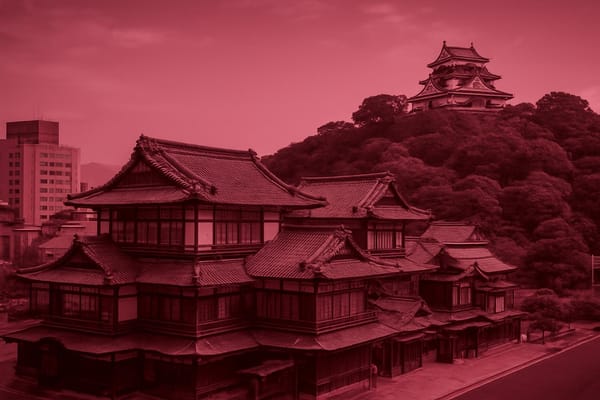Barcelona
Discover Gaudí masterpieces, Sagrada Familia, Gothic Quarter, beaches, tapas & vibrant nightlife.

Important things to know about Barcelona
Barcelona, Spain is a vibrant coastal metropolis in Catalonia where sunlit streets meet a dynamic blend of tradition and innovation, creating a daily rhythm that draws creatives, entrepreneurs, and food lovers alike; the city's Mediterranean climate encourages outdoor cafés, lively markets, and a cycling culture that complements efficient public transport and walkable neighborhoods, while a deep culinary scene celebrates both Catalan flavors and international cuisine through tapas bars, seafood restaurants, and bustling culinary workshops, making Barcelona a destination for gastronomic exploration without focusing on lists of attractions. Beyond food, the city's identity is shaped by a rich architectural heritage and ongoing urban reinvention-modernist architecture, contemporary design studios, and inventive public spaces coexist with local artisan workshops and thriving craft markets-supporting a strong creative economy fueled by startups, design firms, and technology hubs that position Barcelona as a leading center for innovation in Spain. Multilingual residents commonly speak Catalan and Spanish, contributing to a multicultural atmosphere where festivals, music, and street life punctuate the calendar and create community cohesion. Green initiatives, bike lanes, and seaside promenades reflect a population engaged with sustainability and healthy living, while educational institutions and research centers attract students and professionals from around the world. Whether experienced through everyday neighborhood life, a commitment to sustainability, or its reputation as a center for art, design, and entrepreneurial energy, Barcelona offers a compelling urban lifestyle that balances historical depth with modern vibrancy.
Sightseeing hot-spots in Barcelona
Barcelona is a vibrant city full of history, art and sun, and the sightseeing highlights of Barcelona, Spain are as diverse as they are unforgettable. From the moment you step near the towering spires of the Sagrada Família, Antoni Gaudí’s unfinished masterpiece, you understand why so many travelers list the basilica among the top things to do in Barcelona. Wandering through the mosaic-covered terraces of Park Güell or admiring the sinuous facades of Casa Batlló offers a window into the whimsical side of Catalan modernism, making Barcelona a must-see destination for lovers of architecture and design.
Beyond Gaudí, the city’s historic heart reveals a different kind of charm. In the winding alleys of the Gothic Quarter, medieval plazas, ancient Roman walls and hidden courtyards invite slow exploration, while the bustling La Rambla and the colorful stalls of the Boqueria market showcase Catalan life in full. Culture seekers will find hours of inspiration at the Picasso Museum and contemporary galleries, and the aroma of tapas and paella drifting from tavernas makes sampling Catalan cuisine one of the best ways to experience local flavor.
For scenery and recreation, Barcelona delivers memorable panoramas and seaside relaxation. The sandy stretch of Barceloneta and the lively waterfront are perfect for sunbathing and strolling the promenade, while Montjuïc offers museums, gardens and sweeping views of the harbor. Sports fans should not miss Camp Nou, home to FC Barcelona, and those seeking a day trip can head to the dramatic cliffs and monasteries of Montserrat. Whether you prioritize culture, food, beach or panoramic vistas, Barcelona’s sightseeing highlights make it easy to plan an itinerary packed with discovery.
Hotels to enjoy in Barcelona
Barcelona is a city where hotels in Barcelona range from intimate boutique stays in the Gothic Quarter to large luxury properties with sweeping views of the Mediterranean. Travelers searching for Barcelona hotels will find options on tree-lined avenues near Las Ramblas, family-friendly rooms close to the Sagrada Familia, and lively beachfront accommodation in Barceloneta. Whether you want a serene courtyard, a stylish rooftop terrace for sunset drinks, or a budget-friendly room with reliable free Wi-Fi, the city offers a diverse selection to match any travel style. Many properties highlight local design, Catalan art, and seasonal dining, making staying in Barcelona as much about cultural immersion as convenience.
When selecting accommodation, consider proximity to metro stations and the airport shuttle for efficient city exploration, and read recent reviews to gauge cleanliness, service, and value. Popular amenities like on-site spa facilities, fitness centers, and included breakfast can enhance a stay, while business travelers may prioritize meeting rooms and fast internet. Booking early during peak months ensures better rates and room availability among the best hotels in Barcelona, and comparing options can reveal great deals on family-friendly suites or romantic getaway packages. With a mix of historic charm and modern comforts, choosing the right hotel will turn your Barcelona visit into a memorable balance of sightseeing, beach time, and culinary discovery.
Restaurants to try in Barcelona
Barcelona is a city where Barcelona restaurants blend tradition and innovation, offering everything from lively tapas bars to elegant dining rooms with Michelin-starred menus. Strolling through the Gothic Quarter, Eixample, or seaside La Barceloneta, you’ll find a vibrant food scene built on Catalan cuisine, fresh seafood, and seasonal produce from markets like La Boqueria. The gastronomic landscape showcases classic dishes such as paella and fideuà alongside modern tasting menus that reinterpret local flavors with creative techniques. Whether you crave hearty comfort food in a family-run bodega or a cutting-edge chef’s table, the diversity of restaurants in Barcelona means every palate is catered for, and the energetic atmosphere of terraces and wine bars adds to the unforgettable dining experience.
For travelers and locals searching for the best restaurants in Barcelona or wondering where to eat in Barcelona, consider balancing popular hotspots with hidden neighborhood gems to experience true local flavor. Many restaurants emphasize sustainable sourcing, innovative presentations, and a welcoming sense of place, making them ideal for food-focused itineraries and SEO-friendly searches alike. Reservations are often recommended for dinner, especially at acclaimed spots, and exploring early evening tapas crawls or leisurely long lunches will help you soak in the culture. By sampling a mix of traditional Catalan dishes, contemporary tasting menus, and vibrant tapas culture, you’ll discover why Barcelona’s dining scene is celebrated worldwide and continues to attract food lovers seeking memorable culinary adventures.
Best shopping stops in Barcelona
Barcelona is a dream destination for shopping lovers, where historic streets meet contemporary boutiques and every neighborhood offers a different retail flavor. Strolling along Passeig de Gràcia you’ll find flagship stores and designer labels housed in modernist façades, while the bustling energy of Las Ramblas leads to artisanal stalls and classic souvenir shops. For a trendier experience, El Born and El Raval are packed with independent designers, vintage boutiques and handmade jewelry studios where you can discover one-of-a-kind pieces. Iconic department stores like El Corte Inglés and modern shopping centers such as L’Illa Diagonal and Glòries provide convenience and a wide selection of local and international brands, making shopping Barcelona both luxurious and accessible for every budget.
Food markets and local crafts are essential highlights for visitors looking to take home authentic Catalan flavors and design. The legendary La Boqueria market tempts with cured ham, olive oils and fresh seafood, while smaller markets and neighborhood shops offer ceramics, textiles and Catalan sweets perfect for gifts. For bargain hunters, outlet options and seasonal Rebajas bring great deals, and many tourists take advantage of tax-free shopping for purchases above the VAT threshold. Waterfront centers like Maremagnum combine scenic views with retail therapy, and day trips to outlet villages near the city are ideal for finding discounted designer pieces. Whether you’re seeking haute couture, local crafts, sustainable fashion or unique vintage finds, Barcelona’s diverse retail scene ensures memorable shopping experiences that reflect the city’s creative spirit.
Nightlife highlights in Barcelona
Barcelona nightlife is a vibrant tapestry of clubs, bars, and late-night music that pulses from the Gothic Quarter to the beaches, offering something for every taste. As the sun sets, the city transforms: intimate flamenco shows and tapas bars in narrow alleys coexist with glamorous rooftop bars and high-energy electronic venues in Eixample. Visitors can soak up live jazz and indie acts in cozy venues or dance until dawn at legendary spots like Razzmatazz and beachfront superclubs, while quieter cocktail lounges and craft beer bars provide a sophisticated alternative. The diversity of experiences is one of the top nightlife highlights of Barcelona, Spain, making it a magnet for night owls and culture-seekers alike.
Beyond the well-known hot spots, Barcelona nightlife rewards exploration of neighborhoods like El Raval for underground vibes and local creativity, and the seafront for stylish beach clubs where sunsets lead into DJ sets. Street life, late-night dining, and seasonal festivals keep the city lively year-round, and transportation options make bar-hopping across districts easy and safe. Whether you prioritize live music, dancing, or a relaxed evening with cocktails, the city’s blend of historic charm and contemporary energy creates unforgettable nights that consistently rank among the best in Europe.
Getting around in Barcelona
Barcelona’s airport and train situation offers travelers efficient options for getting to and from the city: the main air hub, Barcelona–El Prat Airport (El Prat), is well connected to the centre by the popular Aerobus shuttle, multiple bus lines, the metro L9 and regular taxi services, while the airport train station links directly to Barcelona Sants for faster city access and connections to regional services; at Sants, passengers can transfer to Rodalies commuter trains, long-distance services and the AVE high-speed trains, making intercity travel across Spain smooth and competitive. With frequent departures, integrated public transport ticketing and clear signage in English and Spanish, visitors can rely on a streamlined journey whether they prioritize speed or cost, and recent infrastructure upgrades have improved accessibility for luggage and travelers with reduced mobility. Combining air and rail, Barcelona supports both business and leisure itineraries through a network that balances convenience, frequency and variety, ensuring that whether you arrive at El Prat or change trains at Sants, connections across Catalonia and the rest of Spain remain fast and dependable.
Culture must-see's in Barcelona
Barcelona's cultural fabric is woven from striking architecture, lively street life, and a proud Catalan identity. The skyline is dominated by Gaudí masterpieces such as the Sagrada Família, Park Güell, and Casa Batlló, where modernisme blends whimsical forms with spiritual ambition. Walking the winding lanes of the Gothic Quarter reveals Roman foundations, medieval plazas and hidden squares that contrast with the bustling energy of La Rambla and the colorful stalls of La Boqueria market, where fresh seafood and Catalan specialties bring food culture to the forefront. Culinary experiences-from traditional Catalan dishes to contemporary tapas-are part of Barcelona’s cultural highlights, pairing a love of local produce with inventive dining scenes along the waterfront and in the neighborhoods of El Born and Gràcia.
Art and festivals amplify Barcelona’s reputation as a creative capital, home to world-class institutions like the Picasso Museum, the Joan Miró Foundation, and the contemporary exhibitions at MACBA. Annual events such as La Mercè and the romantic Sant Jordi celebrations showcase street parades, open-air concerts and book-and-rose exchanges that celebrate literature and community. Traditional practices like the human towers of the castellers and the circle dance sardana coexist with cutting-edge design, thriving nightlife, and sun-soaked beaches that invite both locals and visitors to engage with a dynamic cultural scene. Whether your interest lies in monumental architecture, museum collections, gastronomy, or living traditions, Barcelona’s culture highlights present a powerful mix of history, innovation and enduring local pride.
History of Barcelona
Barcelona's long and layered history begins with the Roman settlement of Barcino, whose remains still lie beneath the Gothic Quarter, and unfolds through centuries of maritime commerce, medieval growth and industrial transformation. The history of Barcelona as a major Mediterranean port is marked by its evolution from a fortified Roman town into the medieval capital of Catalonia, with guilds, markets and churches shaping an urban fabric that endures in narrow alleys and grand plazas. The 19th century brought dramatic change: the demolition of the medieval walls and the ambitious grid of the Eixample designed by Ildefons Cerdà enabled explosive urban expansion and created the conditions for modernisme to flourish. Architects like Gaudí transformed the cityscape with bold, organic forms-Sagrada Família, Casa Batlló and La Pedrera became icons of a cultural renaissance that intertwined art, industry and identity. Throughout these eras, Barcelona's economy shifted from maritime trade and textile manufacturing to a more diverse mix of services, culture and tourism, while social movements and Catalan nationalism influenced both politics and public space. The layered archaeology, museums and preserved medieval quarters make the Gothic Quarter and adjacent neighborhoods living testimonies to Barcelona’s continuous reinvention.
The 20th century was pivotal in the modern Barcelona Spain narrative: the trauma of the Civil War and the repression under Franco were followed by a resilient recovery that culminated in the transformative 1992 Olympic Games, which catalyzed urban renewal, reclaimed the waterfront and repositioned Barcelona as a global city. Since then the city has balanced conservation of heritage - including several UNESCO-recognized works by Gaudí - with contemporary architecture, cultural institutions such as the Picasso Museum and MACBA, and emergent tech and creative industries. Today, the story of Barcelona involves managing the pressures of mass tourism, housing affordability and sustainable development while promoting innovation and public life in vibrant neighborhoods. From Roman foundations to medieval markets, from industrial powerhouses to the Olympic-era resurgence, the ongoing history of Barcelona is a testament to adaptability: a city that preserves its past in stone and story while continuously shaping a future centered on culture, design and civic resilience.



